Gustavus Adolphus College senior Haley Bell and art professor Kristen Lowe spent much of January outside their comfort zone. Instead of collaborating in the art studio, the pair traded their smocks for safety goggles and spent the month in professor Scott Bur’s chemistry lab.
Bell and Lowe weren’t there to do experiments. Instead, they observed the daily rhythm of the lab research, the movement of the students, and the cadence and diction of Bur’s instructions to the class. Viewing the lab through an outside lens allowed them to draw fresh inspiration from what is often considered a sterile, impersonal scientific environment.

“Being in the lab was inspiring because you can see various materials being used and methods being carried out to solve problems. While I was there, I would try to incorporate similar methods in my works, and also use similar materials. This was liberating in many ways – experimenting artistically is necessary in order to learn from mistakes and reach conclusions,” said Bell, a communication studies and art studio double major.
Lowe agrees. “The project offered me an opportunity to revisit some early influences from the mid-20th century and art made today in places like Colombia by artists who have envisioned an expanded definition of art using materials found in our everyday life and embark on art without having a conception of a pre-determined end,” she explained.
Over the course of the month, Bell and Lowe created over a dozen new works of art using materials including glass, cork, Epsom salts, charcoal, ink, baking soda, salt, water, and paint.

The cross-disciplinary project was born after Bur audited Lowe’s drawing class so he could improve his chemistry sketches. As the two got to talking, they realized their subjects might have more in common than people realize.
“During the course, I continually remarked at the similarity between studio and lab. In addition, the observational skills needed to ‘see’ the subject you are trying to capture on the page and to ‘see’ how something works in the natural world are almost identical,” Bur said. “To me, this is the perfect collaboration for a project because it really demonstrates that there isn’t an ‘arts’ side or a ‘science’ side to the way we do things.”
Both art and science rely heavily on observation and adjustment as learners work through their process to reach the desired results. “Viewed from far enough away, that process of observing, trying something in response, and observing again is ingrained in all of the disciplines. We just use different tools to observe and ask different kinds of questions,” Bur explained.
Bell, Lowe, and Bur presented their interdisciplinary collaboration to a group of students, faculty, and staff on Thursday, Feb. 19. The informal fireside chat allowed the trio to discuss their work, answer questions, and explain how the project highlights the benefits of a liberal arts education.

“Collaborating with two professors from two different departments was a great opportunity and I hope other students in the future will be able to experience it as well,” Bell said. “The education I’m receiving has given me knowledge in a wide range of subjects, which I believe changes the way I look at the world. It allows me to keep an open mind and understand things outside of my major.”
Thought Forms was made possible by the Möbius Initiative, a collaborative program sponsored by the College’s John S. Kendall Center for Engaged Learning, the Hanson-Peterson Chair in Liberal Studies, and the Office of the Provost. The initiative takes its name from the Möbius strip, a continuous curve with only one side, and celebrates the breaking of disciplinary boundaries and interdisciplinary cooperation that characterizes the liberal arts tradition and equips its students to challenge old paradigms and to anticipate and innovate throughout their lives. Visit the Möbius Initiative website to learn more and see other ongoing interdisciplinary collaborations.
A sampling of Bell and Lowe’s Thought Forms pieces:

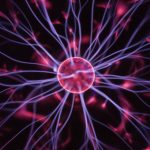
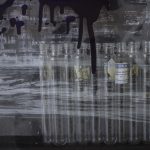

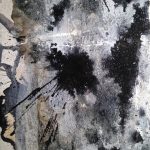
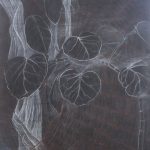
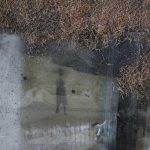
Leave a Reply
You must be logged in to post a comment.